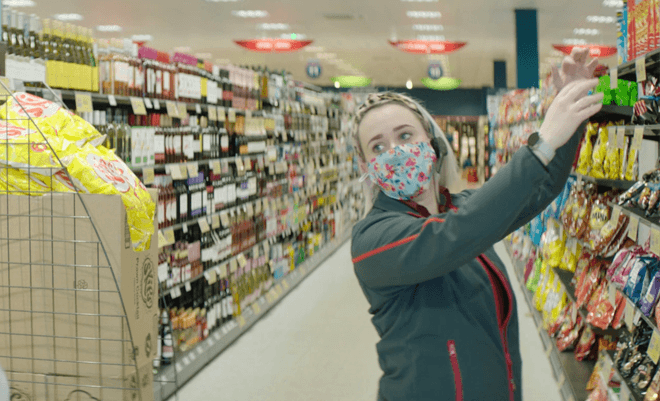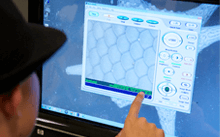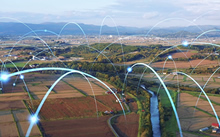The Background:
Home Bargains began life as a single store in Liverpool in 1976. It has since grown into one of the UK’s biggest chains with over 550 stores nationwide employing over 22,000 people. To this day, it is owned and run by Tom Morris and his family.
The Challenge:
Home Bargains has always looked to new innovations to support its growth. In 2019, it began the process of replacing manual counting of customers with a more sophisticated technological solution.
Keeping staff on doors is costly, especially during quiet periods, and it requires moving staff from other tasks. And especially during busy periods it is hard to keep an accurate count of people entering and leaving.
When the COVID-19 pandemic struck, it became more important than ever to keep an accurate count of customers. It was necessary to enable essential shops like Home Bargains to remain open and for shoppers to feel safe inside.
Different methods for customer counting are available, but the solution must be accurate, easily repeatable across the many stores, easy to use for both staff and customers, and cost effective.
The Solution:
Hitachi’s 3D LiDAR (TOF) motion sensors operate on a similar principle to radar, but use infrared light beams instead of radio.
The sensors are installed at the entrance and exit of the stores to monitor, in real time, the number of staff and customers that are inside.
A traffic light system at the entrance shows a green light when it’s safe to enter and a red light to indicate that the store is full and the next customer should wait outside.
This simple but accurate system of controlling numbers at Home Bargains gives both shoppers and staff piece of mind that social distancing is being safely and sensibly maintained.
The Future:
Hitachi’s 3D LiDAR sensors offer more than replacing a person standing at the door manually counting. Other features that can be activated are the ability to track customer journeys around the store and analyse aisles or areas that are performing better than others.
Home Bargains is also using the system to alert the staff when it’s getting busier, so they can proactively open more tills and avoid long queues and a potential negative customer experience.
Another benefit is that the Hitachi 3D LiDAR system records people as a cloud of dots. So, unlike a camera, it doesn’t record any recognisable features or personal information, and avoids possible privacy concerns.
The retail landscape is changing rapidly and the effects of the COVID pandemic will be felt for years to come.
Innovation and technological solutions such as the Hitachi 3D LiDAR system are needed to stay ahead of the curve, driving efficiencies for retailers, and giving in store customers the most pleasant and safest shopping experience possible.
Retail is just one example of this exciting technology. See more applications of 3D LiDAR here.







